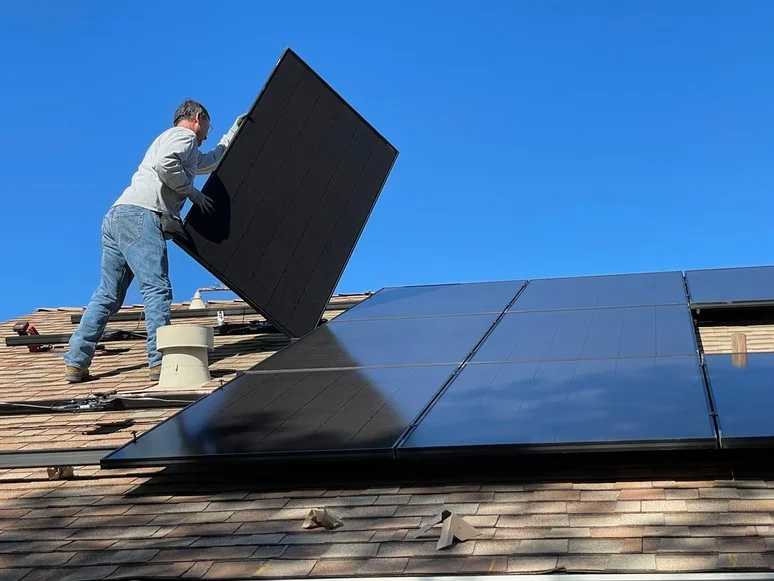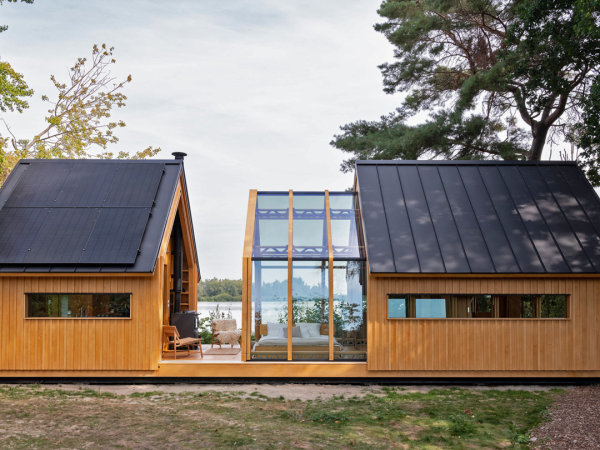A Beginner’s Guide to Understanding the Different Types of Renewable Energy
Have you ever pondered the source of the electricity that powers your day-to-day life? Perhaps you’ve noticed the giant wind turbines on a drive through the countryside. Or maybe you’ve noticed the solar panels adorning the rooftops in your neighborhood.
These are part of a broader, exciting landscape of renewable energy. It is a rapidly growing sector that aims to harness the earth’s natural resources sustainably.
Wanna learn more? Then read on. This guide will help you understand the different types of renewable energy, how they work, and their benefits.
Solar Energy
Solar energy is power derived from the sun, one of the most abundant sources of energy available to us. It’s captured using solar panels which contain solar cells, also known as photovoltaic cells.
These photovoltaic cells convert sunlight directly into electricity. For instance, homes can be fitted with roof solar panels. They harness sunlight during the day and convert it into energy. This energy can power appliances, charge electric vehicles, or even heat a pool.
Solar energy also has large-scale applications. Consider solar farms, often covering acres of land, equipped with large arrays of solar panels. These farms generate massive amounts of electricity, capable of powering entire cities.
The benefits of solar energy are significant. It is a non-polluting, clean energy source. It reduces our dependence on fossil fuels and helps combat greenhouse gas emissions.
Furthermore, once solar panels are installed, the energy they produce is free. This leads to significant savings on electricity bills over time.
If this is something that interests you, you can work with a top solar company to install your solar panels. They’ll help you assess if solar energy is right for you and get the most efficient setup for your needs.
Wind Energy
Wind energy is another important source of renewable energy. It is created using wind turbines that capture the kinetic energy from the wind and convert it into electrical energy.
You might have seen wind turbines, towering structures with large blades, on a ride through open fields or offshore in the ocean. These structures capture the power of the wind to generate electricity. On a smaller scale, wind turbines can also appear in homes, farms, or businesses to generate their electricity.
Like solar energy, wind energy is sustainable energy and reduces our reliance on fossil fuels. Wind is a plentiful and inexhaustible resource. Wind turbines are among the clean energy technologies that don’t produce harmful emissions.
One notable example of wind energy in use is in Denmark, a pioneer in wind energy technology. The country generates a significant portion of its electricity from wind. They have plans to shift entirely to renewables in the coming decades.
This commitment to wind energy has not only helped Denmark reduce its carbon footprint. It has also created jobs and boosted the local economy.
Hydroelectric Energy
Hydroelectric energy is another form of renewable energy, sourced from the power of moving water. Primarily, this energy is from rivers and dams, where the flow of water can generate a significant amount of electricity.
Consider the Hoover Dam in the United States, one of the most famous examples of hydropower. It’s a massive structure that dams the Colorado River, creating a large reservoir. The force of the water moving through the dam spins turbines, which then generate electricity.
This type of energy is incredibly efficient and clean. Unlike fossil fuels, it emits no greenhouse gases during operation. A benefit of hydroelectric energy is its reliability. Unlike the wind or sun, water flow is generally constant, making it a reliable source of power.
There are also smaller installations known as “run-of-the-river” systems. These systems harness the natural flow of rivers and streams to generate electricity without the need for a large dam and reservoir. One example is the Gordon Power Station in Tasmania, which produces electricity for thousands of homes.
Hydroelectric energy is a powerful, efficient, and reliable form of renewable energy. It plays a key role in the global energy mix.
Geothermal Energy
Geothermal energy utilizes the Earth’s core’s inherent heat. Just a few kilometers beneath the Earth’s surface, the temperature rises significantly, enough to heat water into steam. You can harness this steam to drive turbines which generate electricity.
One of the most renowned examples of geothermal energy is California’s Geysers Geothermal Complex. Nestled in the Mayacamas Mountains, it’s the largest geothermal power plant in the world. It generates enough electricity to power a city the size of San Francisco.
In the realm of residential use, geothermal heat pumps can provide efficient heating and cooling for homes. These systems use the constant temperature of the earth just below the surface. They heat a home in the winter and cool it in the summer.
Similar to other forms of sustainable power, geothermal energy has minimal environmental impact. It’s a reliable and continuous source of power, unlike solar and wind energy, which are dependent on weather conditions. It reduces dependence on fossil fuels and helps reduce global greenhouse emissions.
Biomass Energy
Biomass energy is another form of renewable energy. Biomass refers to organic material from plants and animals which contains stored energy from the sun. When these materials are burned, they release the sun’s energy.
In essence, Biomass energy is produced by burning organic materials to create heat. This heat can be directly used, or you can convert it into biofuel or electricity. A common manifestation of biomass energy is a wood-burning stove providing heat for a home.
On a larger scale, power plants can use biomass to produce electricity. They burn biomass in a boiler to produce steam, which then spins a turbine to generate electricity. One notable example is the Drax Power Station in the UK, which partially uses biomass alongside coal.
Biomass energy is a sustainable energy source. It has the potential to reduce waste and greenhouse gas emissions, making it a viable alternative to fossil fuels.
Renewable Energy Is the Future
As we venture into an era of heightened environmental awareness, renewable energy presents an ecologically sound and sustainable solution to our energy needs. Solar, wind, hydroelectric, geothermal, and biomass energy each offer unique benefits.
By embracing these alternative energy sources, we take critical strides toward curbing our reliance on fossil fuels. We reduce greenhouse gas emissions and foster a healthier planet for future generations.
The transition to renewable energy isn’t just a possibility. It’s a necessity for the future of energy.
Did you find this article helpful? If so, check out the rest of our site for more.







